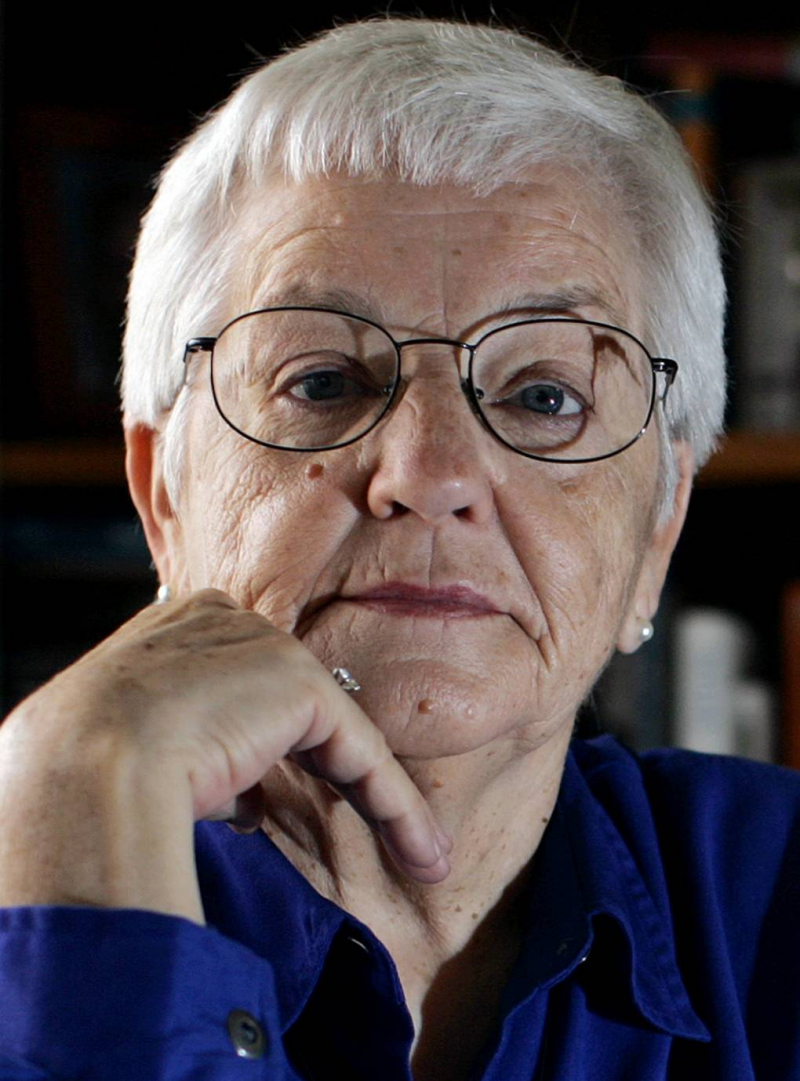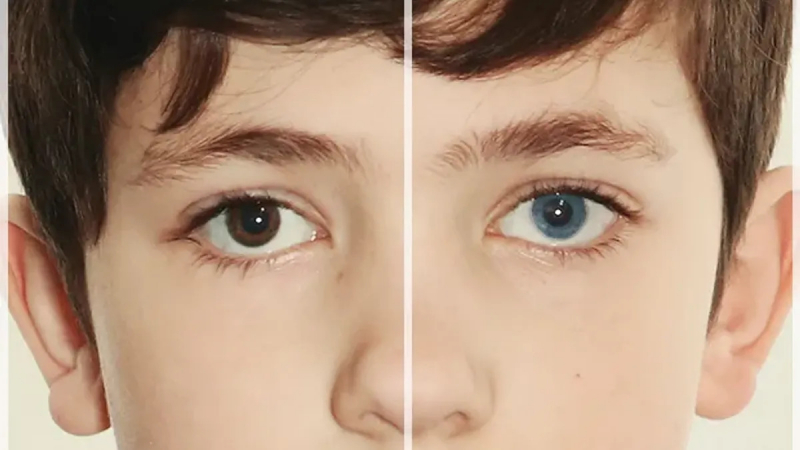Blue Eyes/Brown Eyes: Third Grade Discrimination
In 1968, during the height of the civil rights movement in the United States, Jane Elliot, a third-grade teacher in Riceville, Iowa, questioned her all-white class about racial discrimination, wondering if they knew what it was like to be treated unfairly because of the color of one's skin. Elliott encouraged her class to implement a new way of thinking: that brown-eyed students were superior than blue-eyed students, and the two groups should not mix. Blue-eyed students were isolated and ridiculed, while brown-eyed students were given extra recess and academic praise.
The next day, Elliot flipped the classification, making blue-eyed students the favoured group. The superior group quickly became mean and exclusive, while the lower group suffered from academic underperformance and depressive thoughts. Elliott discussed the children's actions and feelings before explaining the lesson's point: that just as the color of a person's eyes should not affect their treatment, neither should the color of their skin.
Elliott's methods have become well known and widely used (they have inspired training videos used around the world to help employers educate employees and instill basic workplace guidelines about racial tolerance), but they have not been without controversy. How involved is a public school in its students' social and moral development? What are the ethical implications of subjecting a student to emotional distress in order to instill personal and social values? To some parents and administrators, the brown eye/blue eye experiment falls outside of a school's purview, while to others, the lesson is as important in shaping future adults as any academic subject.















